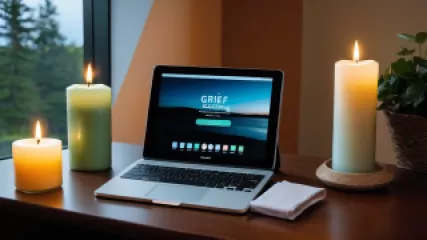Conquering Health Anxiety: A Step-by-Step Guide
1 year ago
Health Anxiety
Life Lessons on Aging and Self-Love Practices
1 year ago
Aging and Self Esteem
Key Findings on Persuasion in Psychology
1 year ago
Psychology of Persuasion
Overcoming Loneliness: Lessons from Shawshank Redemption
1 year ago
Social Isolation Effects
What Are the Positive Effects of a Social Media Detox?
1 year ago
Social Media Detox Benefits
Top 10 Online Mental Health Sessions for Anxiety
1 year ago
Anxiety
Mastering Family Conflict Resolution: An Ultimate Guide
1 year ago
Family Conflict Resolution
Mastering Positive Thinking: A Step-by-Step Guide
1 year ago
Positive Thinking
Lessons from "Digital Minimalism" to Boost Your Social Media Detox
1 year ago
Social Media Detox Benefits
Maximizing Virtual Counseling Benefits
1 year ago
Life Coaching Advantages
A Journey to Healing: My Experience with Forgiveness Therapy
1 year ago
Psychology of Forgiveness
10 Best Social Networks for Boosting Your Influence
1 year ago
Social Networking Impact
How to Find the Best Virtual Grief Coach
1 year ago
Bereavement Support
Navigating Personal Crisis: A Step-by-Step Guide to Supportive Therapy Sessions
1 year ago
Managing Personal Crisis














